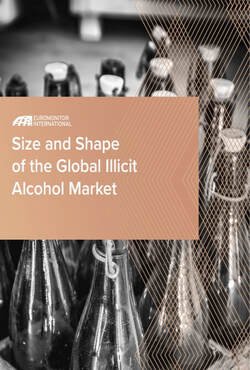By Jason ElighBy Jason Eligh
Despite the extensive population containment and control measures put into place across the globe in the wake of the COVID-19 pandemic, the flow of cocaine powder from Latin America to global markets appears to have been largely uninterrupted. This is despite the fact that measures to significantly reduce supply have been put in place by the governments of Colombia – a country that is still the primary cultivator of coca – and the United States, the primary progenitor of and ally in the war on drugs.
The markets and supply chains for cocaine, as well as other illicit drugs, have proven to be remarkably resilient in the face of the growing patchwork of restrictions on movement and transport since March 2020 in the wake of the COVID-19 pandemic. The many predictions by experts of supply chain disruption to drug flows and the potentially disruptive impact of this on consumer markets have not come to pass. Cocaine distribution networks and related agents quickly found ways to bypass challenges raised by lockdowns and restrictions. Coca cultivation and potential cocaine production even expanded during the first year of the pandemic, reaching record or near-record levels in the three primary cultivation countries of the Andean production region.
Geneva: Global Organization Against Transnational Organized Crime, 2022. 64p.





















